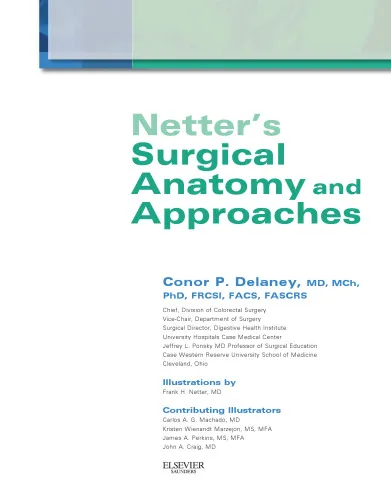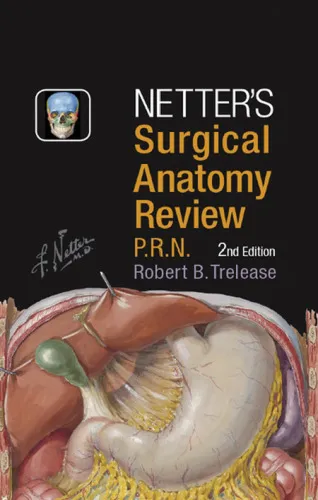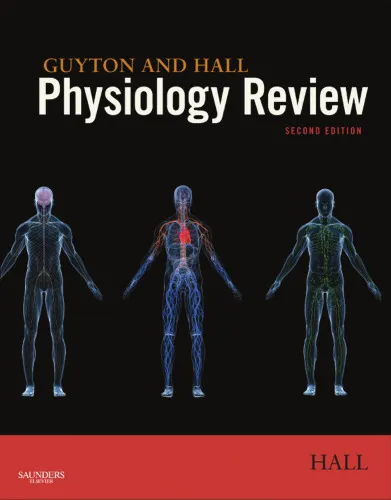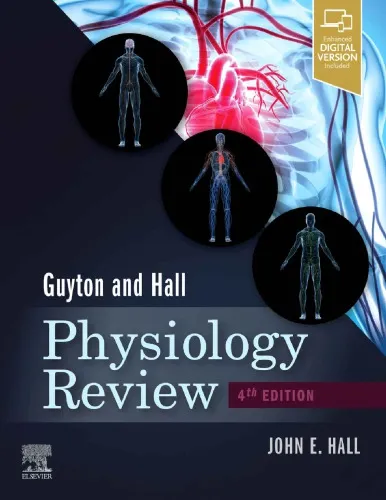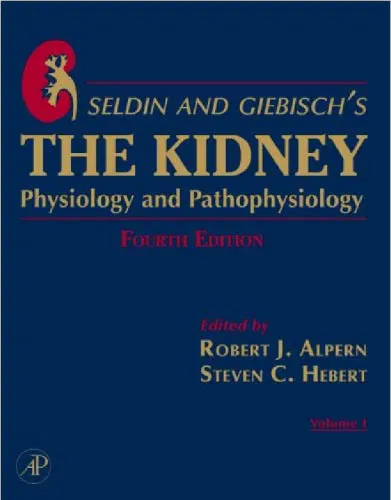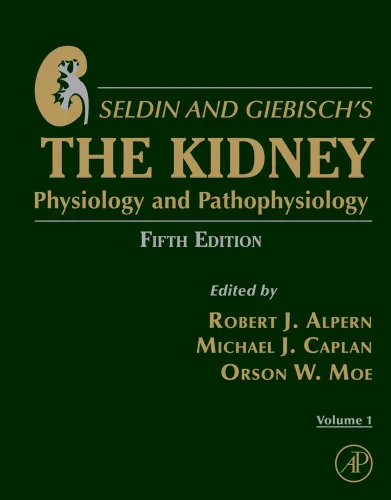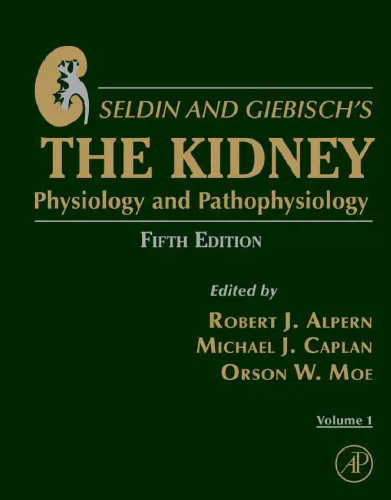Physiological Genomics
4.5
Reviews from our users

You Can Ask your questions from this book's AI after Login
Each download or ask from book AI costs 2 points. To earn more free points, please visit the Points Guide Page and complete some valuable actions.Related Refrences:
Analytical Summary
Physiological Genomicspp.11—26 is a focused, scholarly work that illuminates the intricate relationship between genomic regulation and physiological function. Written by Kuttippurathu, Lakshmi; Patra, Biswanath; Cook, Daniel; Hoek, Jan B.; Vadigepalli, Rajanikanth, the content between pages 11 and 26 offers deep analytical perspectives on how genetic information influences and shapes systemic physiological responses. This segment of the text is particularly relevant to researchers, medical professionals, and biotechnologists seeking to understand the practical and theoretical intersections of genomics with physiology.
The material builds on foundational genomic science to address complex questions regarding cellular signaling pathways, gene expression modulation, and adaptive physiological mechanisms across diverse biological systems. It advances beyond a superficial overview by integrating experimental data, comparative analyses, and conceptual frameworks. Each discussion within Physiological Genomicspp.11—26 reflects rigorous scholarship, ensuring that its insights are both scientifically valid and applicable to broader biomedical contexts.
Key secondary themes — genomic regulation and integrative physiology — permeate the text. These threads weave through explanations of transcriptional control, molecular feedback loops, and the dynamic interplay between genotype and phenotype under varying environmental conditions. The result is an analytical narrative that presents physiology and genomics not as separate disciplines but as mutually reinforcing fields that together enhance our comprehension of biological complexity.
Key Takeaways
This section encapsulates the essential findings and intellectual contributions contained in Physiological Genomicspp.11—26, distilling compelling insights for those pursuing advanced knowledge in genomic and physiological sciences.
Readers will appreciate the emphasis on systems biology approaches to understanding gene-environment interactions, as well as the importance of multi-scale integration — from molecular data to organismal responses. The text underscores that genomic regulation is not static but dynamically adaptive.
The book segment promotes a conceptual shift towards viewing integrative physiology through the lens of genomic data interpretation, encouraging researchers to consider genetic variability as a determinant of functional outcomes.
Practical implications extend to biomedical engineering, pharmacogenomics, and translational medicine, where understanding genomic control of physiological processes can refine therapeutic strategies.
Memorable Quotes
The eloquence and precision of the authors are reflected in concise, compelling statements that capture the spirit of Physiological Genomicspp.11—26.
"Integrative physiology demands that genomic insights be translated into functional narratives." Unknown
"Gene-environment interplay is the cornerstone of adaptive biological systems." Unknown
"A single genetic variant can cascade into profound physiological consequences." Unknown
Why This Book Matters
Physiological Genomicspp.11—26 matters because it bridges the gap between molecular detail and systemic understanding, offering a rare synthesis accessible to both genomic experts and physiological scientists.
Its commitment to merging genomic regulation with integrative physiology positions it as an indispensable resource for those aiming to adapt research methodologies to capture the full complexity of living systems. This value is compounded by its utility in shaping translational approaches, where knowledge of genomic control mechanisms can inform patient-specific treatments or adaptive interventions.
Information about the specific publication year of this section is unavailable due to the absence of reliable public sources documenting the precise publishing timeline of segmented book content.
Inspiring Conclusion
Physiological Genomicspp.11—26 stands as an essential contribution to the evolving dialogue between genomics and physiology. By engaging with this text, readers immerse themselves in a rigorous exploration of how genetic sequences shape, and are shaped by, complex physiological systems.
Whether you are a seasoned academic, a dedicated professional in biomedical sciences, or a graduate student seeking depth, these pages provide both the theoretical rigor and analytical clarity necessary to elevate your understanding. The integration of genomic regulation and integrative physiology found here reflects the future of research, where holistic comprehension drives innovation.
Your next step is to read Physiological Genomicspp.11—26 thoughtfully, share its insights with your peers, and discuss the implications for your own work. In doing so, you contribute to a broader, more connected scientific community dedicated to mapping the genomic foundations of physiological complexity.
Free Direct Download
You Can Download this book after Login
Accessing books through legal platforms and public libraries not only supports the rights of authors and publishers but also contributes to the sustainability of reading culture. Before downloading, please take a moment to consider these options.
Find this book on other platforms:
WorldCat helps you find books in libraries worldwide.
See ratings, reviews, and discussions on Goodreads.
Find and buy rare or used books on AbeBooks.
1018
بازدید4.5
امتیاز0
نظر98%
رضایتReviews:
4.5
Based on 0 users review
Questions & Answers
Ask questions about this book or help others by answering
No questions yet. Be the first to ask!

